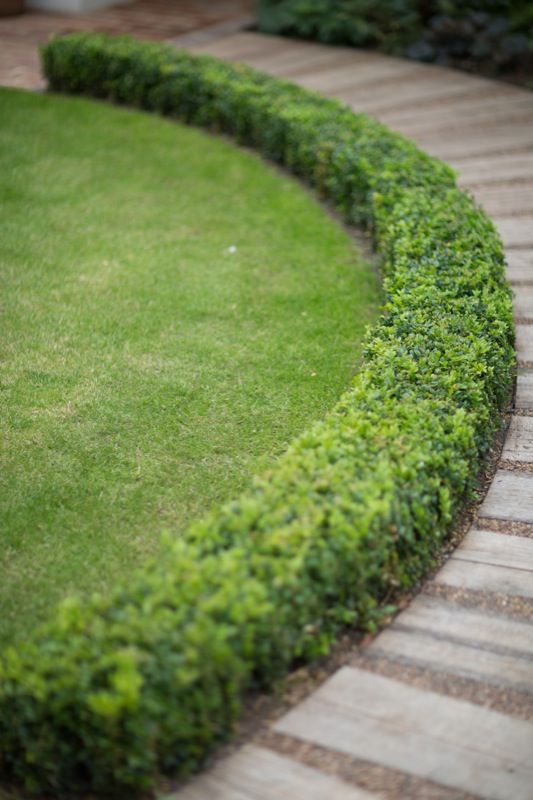Enhance Your Garden With The Right Hedge Design
 It is common knowledge: a garden is made up of different species of plants. These plants can be ornamental, fruit- or vegetable-bearing, functional, or even all three. Some types of foliage, though, can be both decorative and, at the same time, functional elements of a garden. Hedges are one of these.
It is common knowledge: a garden is made up of different species of plants. These plants can be ornamental, fruit- or vegetable-bearing, functional, or even all three. Some types of foliage, though, can be both decorative and, at the same time, functional elements of a garden. Hedges are one of these.
Hedges can provide a visual barrier around a property or within a garden. A dense hedge can help stifle traffic noise from a busy street. It can also act as an effective windbreak. A hedge made of spiky plants can also act as a physical deterrent to unwanted guests, pests, and even dogs and cats that will intrude into and damage your yard. When designed properly, hedges can also be used in artistic ways to partition your garden to create rooms or areas.
Hedges As Garden Frames
One technique used by seasoned landscapers for designing amazing landscape designs is framing. This helps create a clean and tidy look for a garden.
Low hedges make for great frames. From a distance, hedges that are about 600 millimetres high and wide not only hide any unruly weeds but unify the mixture  of plantings you may have beyond the garden beds. If your property has a mixed border or garden on the whole, the hedge can pull everything together into something more unified.
of plantings you may have beyond the garden beds. If your property has a mixed border or garden on the whole, the hedge can pull everything together into something more unified.
Aside from acting as frames, low-growing hedges can serve other purposes, too. They can edge a path, surround a pond, water feature, or swimming pool, and even separate areas within your yard.
Plants that work best as low hedges include the Buxus Faulkner or Japanese box, Buxus Harlandii, and Murraya or orange jessamine.
Hedge Designs
The conventional image of a hedge is one of a neatly clipped, straight, and box-shaped living fence. This pertains to the classical, formal design of a hedge. However, an informal hedge, or one that is permitted to grow without intensive shaping or to follow a straight line, also offers benefits as well. A meandering hedge can look amazing if it complements a less formal garden design. This type of hedge also has the remarkable advantage of being allowed to flower and, in some cases, even produce ornamental or edible berries, too.


Choosing the Right Plant for Your Hedge
The first important element to look for in the right plant to grow as hedges is its being extremely hardy and long-lived so that gaps or spaces do not develop as it grows. In addition, you also have to consider your yard’s soil type and the local climate.
If you want to have a formal hedge, keep in mind that this will have to be clipped often to maintain a particular shape. Plants with relatively small leaves such as the box varieties are the best options since they can be trimmed as often as needed without looking ragged. If you want to have less formal hedges, opt for larger leaved plants such as Photinia.
For more garden and landscaping tips, tune in for more Jim’s Mowing NZ blogs.




